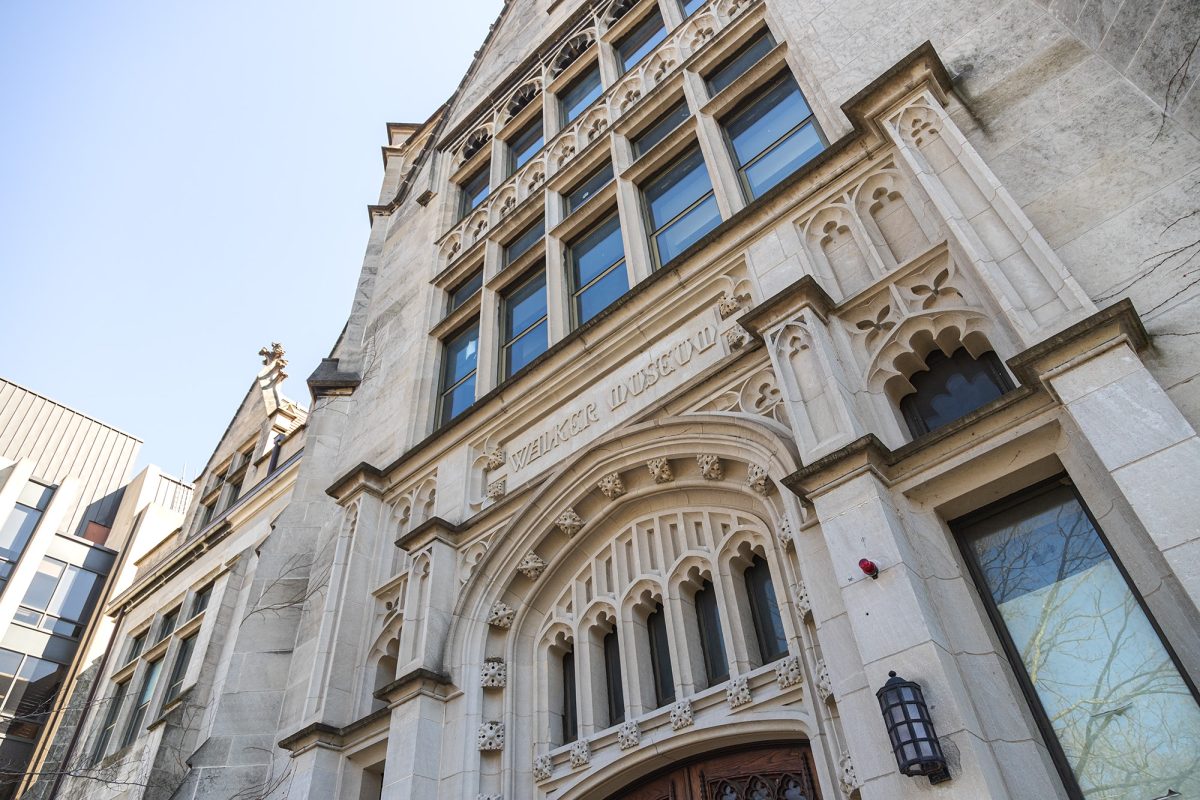The world’s oldest known carpet—a sliver of patterned red fabric used for hundreds of years to cloak a dead body—highlights the Oriental Institute’s new permanent exhibit, “Ancient Nubia.”
The 600-piece exhibit draws from the Oriental Institute’s 15,000-piece Nubian artifact collection. The exhibit opens Saturday, with special events through the weekend.
Nubia, the land south of Egypt along the Nile River, has long been overshadowed by its northern neighbor, with which it waged war for hundreds of years. Known for its advances in hunting and its rich metal reserves, Nubians traded gold, ebony, ivory, skins, and feathers. The region’s name is believed to derive from the ancient Egyptian word for “gold.”
Taking advantage of the Oriental Institute’s recent renovations, the exhibit makes public climate-sensitive artifacts including the carpet and leather tools.
“The humidity was deadly for the artifacts,” said Emily Teeter, an Oriental Institute research associate. “But the organic stuff really gives you an idea of what the place is about.”
Along with the permanent Nubia Gallery opening, the Oriental Institute will also launch Saturday a photo exhibit, “Lost Nubia: Photographs of Egypt and the Sudan 1905-07.”
Both exhibits are housed in the new Robert F. Picken Family Nubian Gallery.








